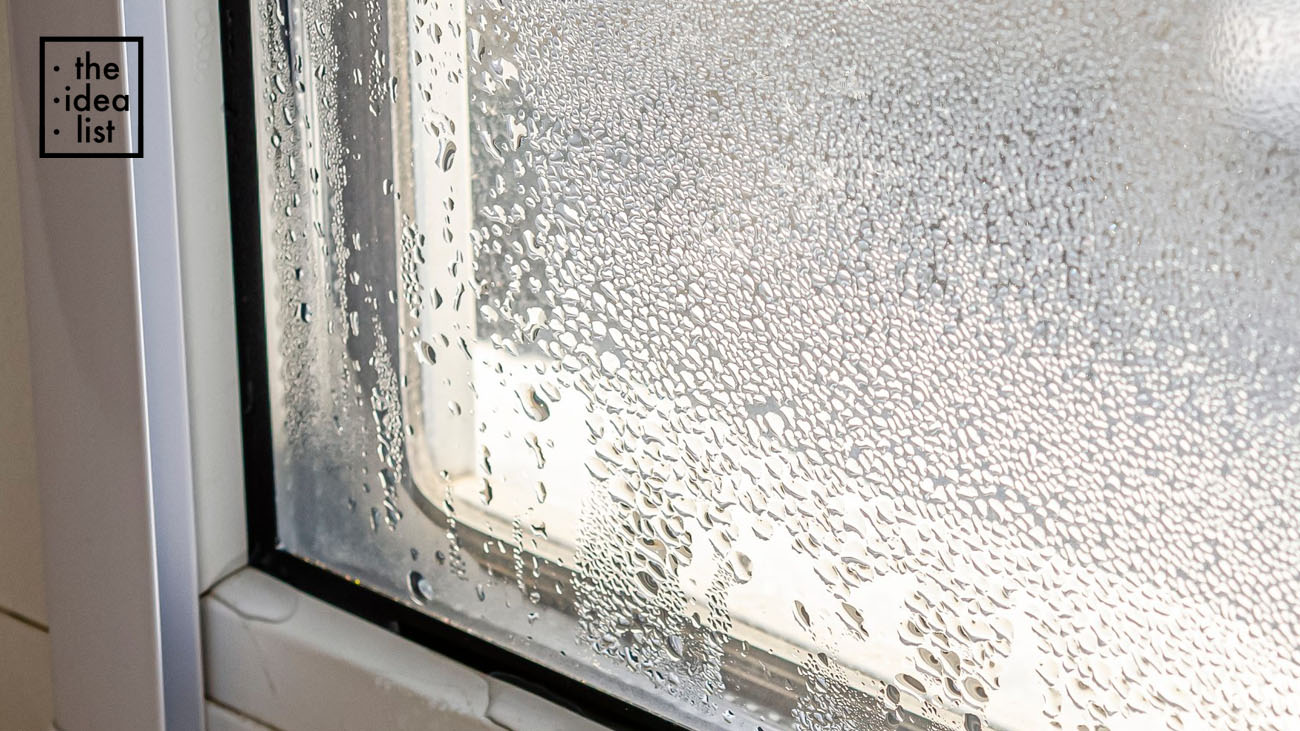
Condensation appears most frequently on the inside of windows and can cause damage to window frames that are made of wood, paintwork, curtains, fittings and more. Condensation is often associated with old homes but the reality is that it has actually increased in recent times as modern living conditions improve. Advanced heating systems have replaced open fires while fitted carpets cover floors and insulation has been added in the home. While this has led to warmer and more comfortable homes, it has oddly led to more condensation due to a lack of ventilation.
The modern family creates several litres of moisture per day due to everyday activities such as showering and cooking and the water vapour produced is not able to escape through chimneys or window jambs. When you wake up on any cold morning, you are almost certain to see condensation on the inside of your window. How does it get there and how can you sort it out without sacrificing your modern comforts?
The air that surrounds our home contains water vapour. This is invisible and a perfect example of it is when you boil a kettle. Watch how the steam rises but then promptly seems to vanish. It doesn’t actually go anywhere. It continues to exist but can’t be seen by the naked eye as it is absorbed into the surrounding atmosphere. Warm air has the ability to hold a greater degree of moisture than cold air but it has a certain limit when it comes to moisture content at a certain temperature.
Saturated air is when the moisture-laden air reaches its tipping point and when this kind of air comes into contact with a surface colder than the air’s temperature, the air gets colder and begins to lose some of its moisture which is left on the colder surface. A small amount of moisture will appear as a mist while a large amount of moisture forms droplets.
As far as glass windows are concerned, these are usually one of the coldest surfaces in the home. As the temperature of the home has dropped during the night and the temperature of the glass has also dropped to extremely low levels, condensation will occur on the window when the temperature in the room rises. Most people will have a hot shower in the morning, boil the kettle or heat the room on a cold day so the warm air caused by these activities spreads throughout the house and meets the cold surface of the window. Water vapour spreads evenly throughout the home so it is inevitable that the warm air will collide with the cold window. This is how you notice condensation on windows more than any other surface.
You will also notice that the act of opening the window soon sees an end to the condensation as the room becomes more ventilated. Keeping the windows and doors of your home closed at all times is not a good idea as it allows moisture to cling to the walls and windows. Leave this moisture alone and it will eventually cause mould to grow. Take a quick check around your house today. If you discover mould, you know that condensation has caused it and you must do everything you can to ventilate the home and of course remove the offending mould.